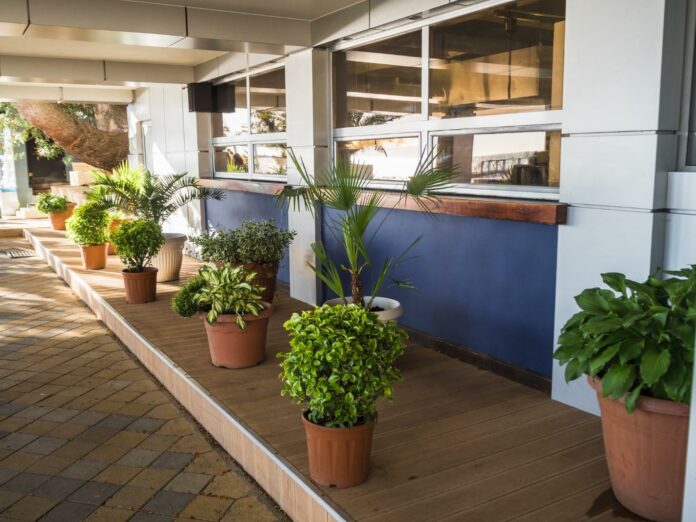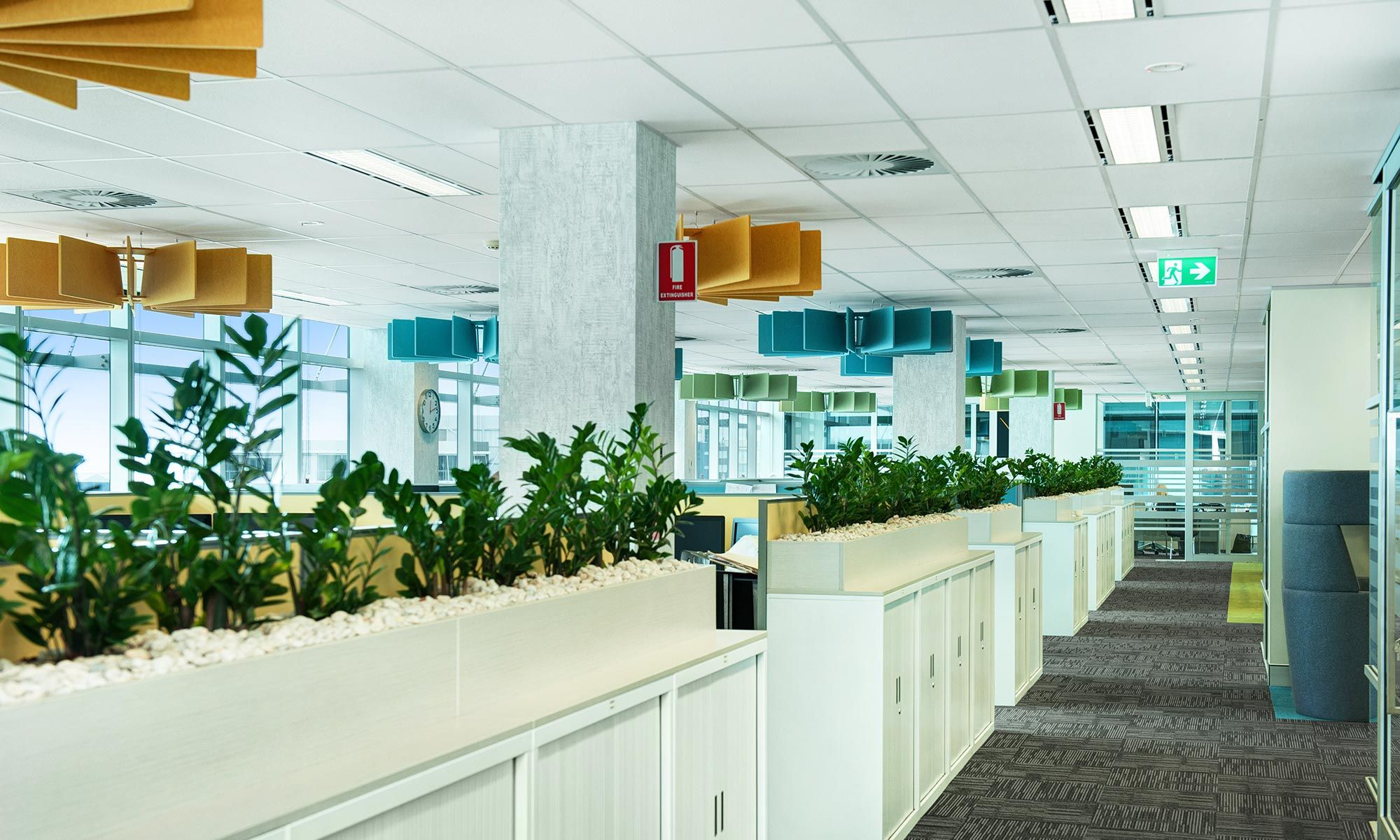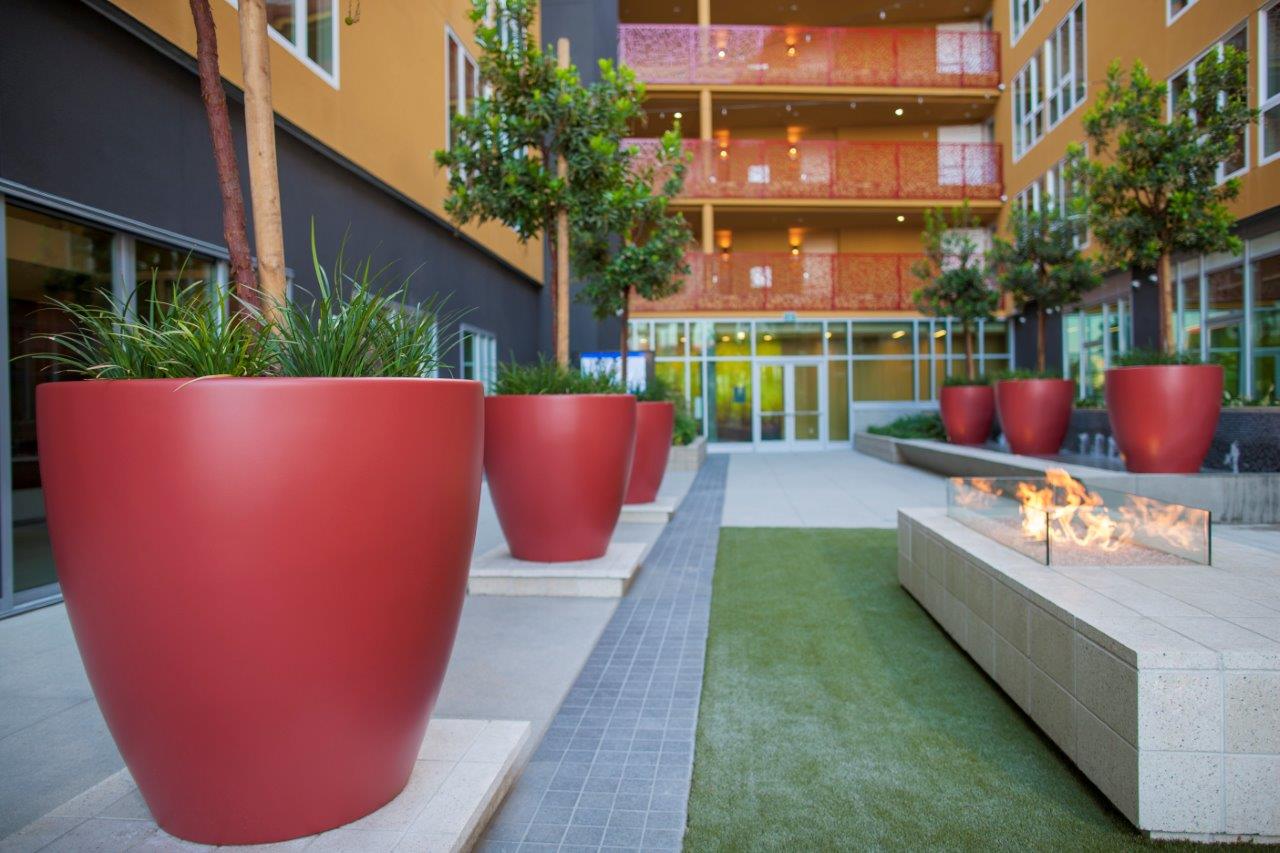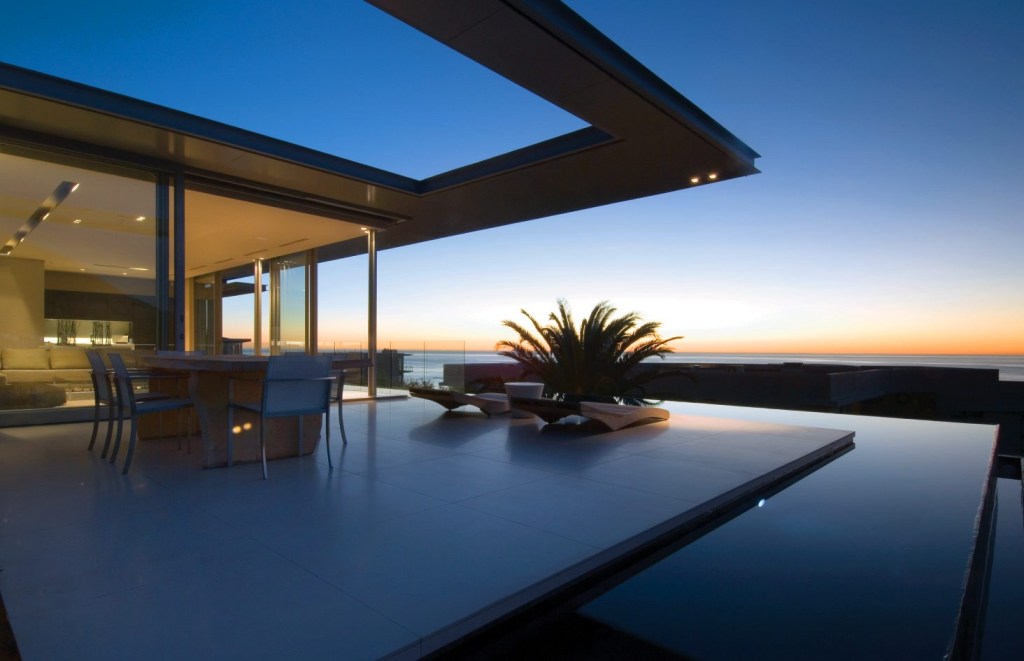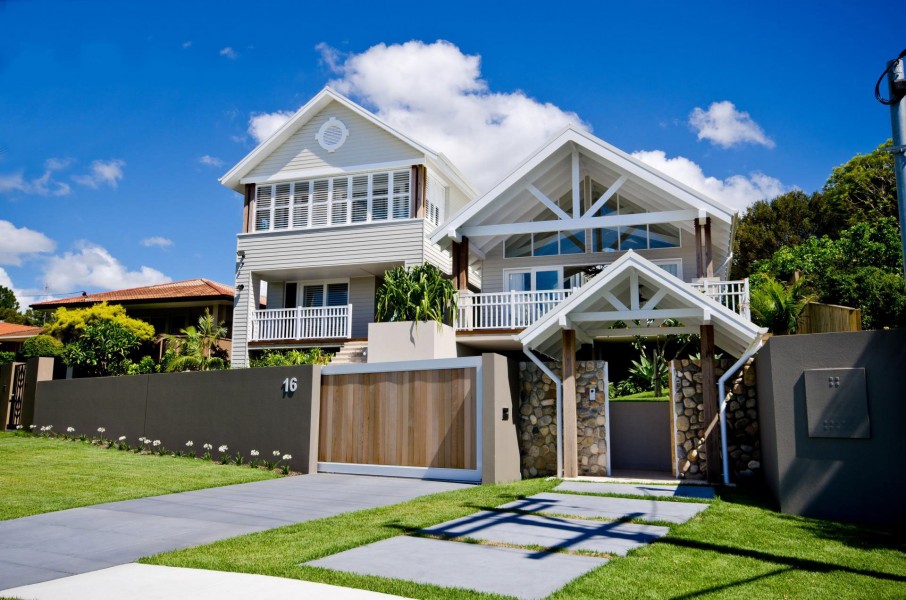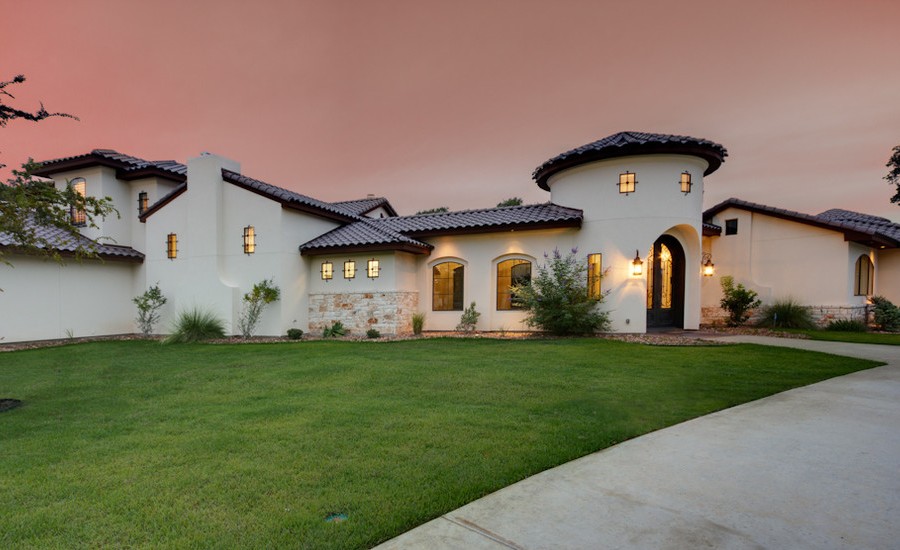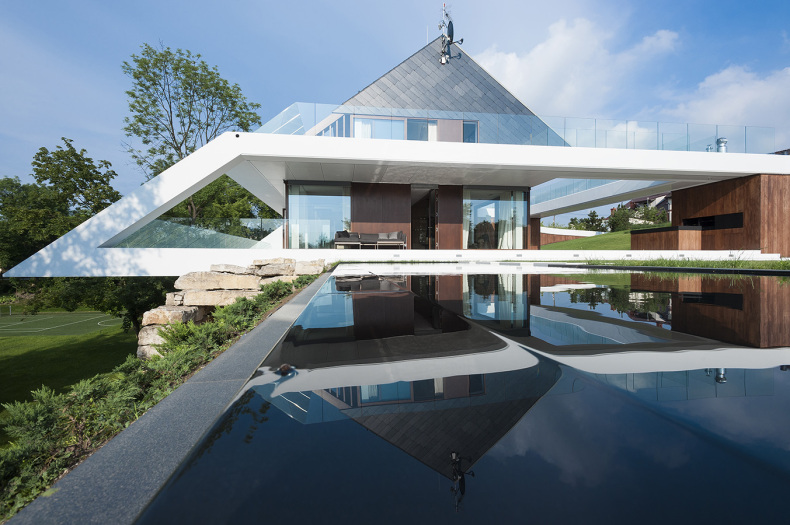Commercial buildings in the United States are rated in three grades, using the letters A, B, and C. Generally speaking, an A-grade building is one that is of fairly recent construction, typically under approximately 15 years. A B-grade building is older, but is in a good location and has been well maintained.
Finally, a C-grade building is likely over 20 years of age, not in the best location, and coming up short when it comes to is appearance.
The reality is that there are some simple tactics you can employ to enhance the appearance and even the grade of a commercial building, including the strategic use of planters around the premises.
Planter materials
Planters that are well-suited for use in a commercial setting, like in and around an office building, come in four primary materials types. These are:
- concrete
- wood
- recycled plastic
- fiberglass
There are some important benefits derived from each of these different types of materials utilized in the creation of planters.
Concrete
At the heart of concrete planters is the fact that they provide optimal durability and easy maintenance. Concrete planters come in a variety of different designs. There are also different color schemes that can be obtained which ensures that concrete planters will harmonize their surroundings.
In this day and age, safety and security are important issues when it comes to public spaces, including commercial structures. Another of the true benefits of concrete planters is that they can be utilized as security barricades. They enhance the safety and security of an office building or other commercial structure without detracting from the overall appearance of the space.
Wood
Wood planters provide a lovely, natural presentation and are ideally suited for garden spaces or even inside the lobbies of commercial properties. With wood planters, you have the option of allowing them to age naturally and gracefully. Alternatively, you can apply an array of coatings to enrich the natural beauty of the material or to ensure such a planter perfectly harmonizes with its intended space.
Recycled Plastic
Recycled plastic planters truly are a versatile selection. They come in a wide range of different styles and colors. Lightweight and durable at the same time, these types of planters can be used in any location, whether in or around an office building, or some other commercial structure.
Many commercial building owners and managers are intent on making these structures more environmentally friendly. The use of recycles and repurposed materials is an important element of “greening” a commercial building. The use of recycled plastic planters can be a solid addition to an overall program of making a building more environmentally friendly.
Fiberglass
Fiberglass is another base material utilized in the manufacturing of stylish, durable planters. Fiberglass planters come in an array of styles, including those that appear to be traditional wood planters to more trendy, modern designs. One of the benefits of fiberglass planters is that they come in an amazing array of colors. These include very bold hues that can add a truly stylish splash of color to a space.
Choosing vegetation
Once you’ve selected the type of planter you want for a particular space at an office building or other commercial location, you next need to ponder what types of vegetation you want to use in the containers. The types of greenery available to you are significant and include everything from natural options to high-quality faux-derivations that look real.
At the heart of making a selection is a consideration of how much time you want to devote to tending to planters in an office building or other type of commercial location. If you are going to go the live plant route, the time commitment is notably more significant than if you elect to use faux alternatives.
Some people intent on creating a more holistic commercial space are even growing vegetables, fruits, and berries in planters. Such an effort oftentimes is incorporated in the placement of a rooftop garden at a particular commercial location. The (literal) fruits of your labor can be shared among building occupants or donated to a local food pantry serving less fortunate members of the community.

